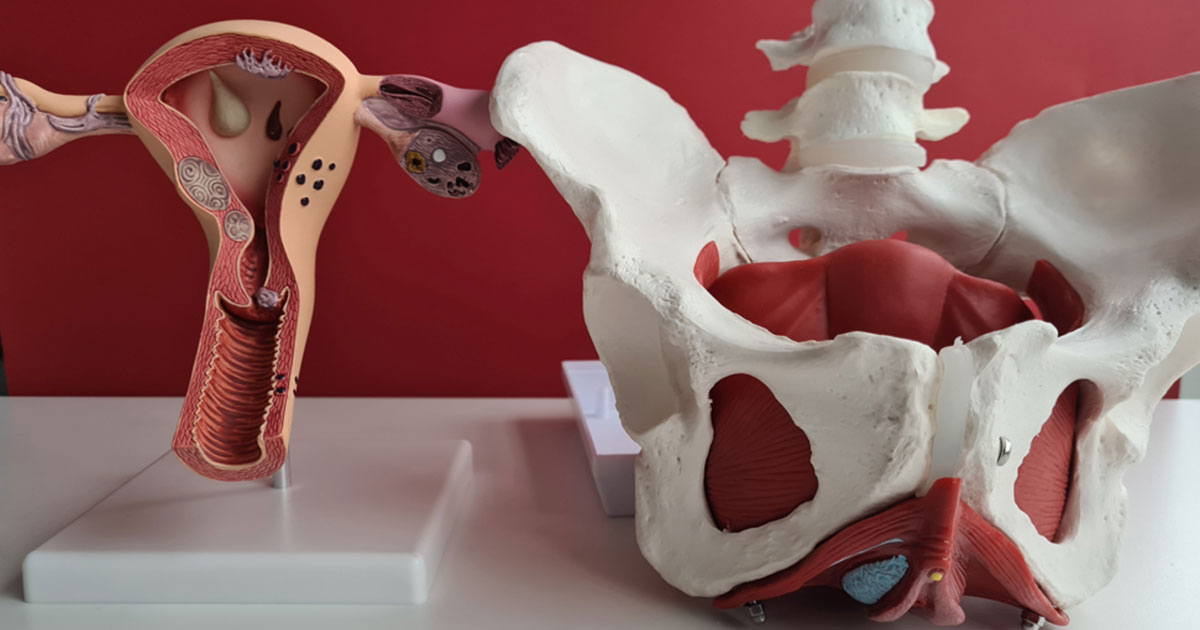
Pelvic Floor Physiotherapy
With the addition of Mason Neal - Physiotherapist to the team, we are extending our physiotherapy services to include both men’s and women’s pelvic floor physiotherapy. Mason joins the team with approaching 10 years’ experience working with urologists, OB-GYNs, and plastic and reconstructive surgeons to treat a variety of pelvic floor conditions across the lifespan - from bedwetting to adult incontinence, from scrotal content pain to endometriosis-related pain.

Pelvic Floor Physiotherapy encompasses a variety of conditions that cross the urinary, reproductive, musculoskeletal, and digestive systems, but a unifying experience across all pelvic floor conditions is the psychological impact of pelvic dysfunction, whether it be from urinary frequency, experiencing pelvic pain with regular activities, or having difficulty performing adequately and comfortably in the bedroom. Pelvic Floor Physiotherapy aims to address these types of conditions through a variety of assessment and treatment techniques to minimise pain, increase duration between emptying the bladder or bowel, improved quality of bladder and bowel emptying, and improving sexual enjoyment and endurance.
Urinary frequency and urgency are two of the most seen conditions for pelvic floor physiotherapy, and while it is most often clinically seen in the over-65s, it is greatly under-reported in younger people, even more so in men who associate bladder symptoms with weakness or emasculating. The cause of urinary disturbances is often multifactorial that are discussed in-clinic, but may include dietary factors, injury or weakness to the pelvic floor muscles, poor developmental and ongoing bladder habits, impact on the pelvic floor by gravity or external sources (like weightlifting or jumping) and psychological factors. Developing strength and more adaptable and robust bladder habits are the cornerstone of incontinence training, however hormonal and external factors acting on the bladder can complicate or slow progress. The impacts of pregnancy and childbirth in women, and prostate cancer and surgeries in men are two such factors that require more specific approaches to recovery before returning to more active or complex daily activities that may stress the bladder and pelvic floor.

Pregnancy and childbirth pose their own difficulties to the pelvic floor due to the changes in body size and shape, and pressure placed on the bladder and pelvic floor with day-to-day tasks once in the second trimester. Physical activity is still advocated until 35-36 weeks’ gestation short of complications like pre-eclapmsia or gestational diabetes arising, which changes the types and volumes of suitable exercise. After delivery, puerperal phase physiotherapy is recommended as early as two weeks for more straightforward deliveries, or three-to-four weeks following a more compilated delivery with an associated tear or suspected prolapse. Traditional puerperal care involved minimal activity however more recently we know that the threshold for safe activity is a lot higher than previously thought, but some precautions remain in the first six-to-eight weeks after more complicated deliveries.
Pelvic pain conditions may not present with any visible symptoms when compared to incontinence, however the chronically under-reported nature of many types of pelvic pain (particularly in men - including orchialgia, pelvic myalgia, pudendal neural, and proctalgia fugax) and under-recognised and under-diagnosed in women, particularly endometriosis and polycystic ovary disease. These presentations are often difficult to manage initially and may include multimodal management of medication alongside exercise therapy, manual techniques when appropriate, and psychologically informed pain management techniques. These cases benefit from management under a few different clinicians, and either a dietitian or pain psychologist may be recommended to be involved in care due to the devastating impact that pelvic pain can have on function, and that only rarely does pelvic pain settle within one session of physiotherapy.

Pelvic Floor Physiotherapy encompasses a multitude of conditions that Mason can treat with the approaches described above, and more depending on the person, the injury, and the goals. Some of both the common and uncommon presentations that Mason can assist treating include:
- Pre-delivery physiotherapy including pregnancy-related pain
- Puerperal and post-partum period rehabilitation
- Rectus abdominis divarification / Diastasis Recti
- Male and female urinary frequency and urgency
- Endometriosis and Polycystic Ovary-related pains
- Proctalgia Fugax and Pudendal Neuralgia
- Male sexual dysfunction (erectile dysfunction, premature ejaculation)
- Male and female penetrative dyspareunia
- Male and female internal and external pelvic pain presentations
- Pre- and post-operative rehabilitation for Prostate Cancer interventions
- MTF* bottom gender confirmation surgery rehabilitation
- FTM* top and bottom gender confirmation surgery rehabilitation

Assessment and treatment for a lot these types of conditions can be daunting, and in many cases, it will involve both discussing and physically examining the impacted areas. Mason’s job is to make it as comfortable as possible, however due to the nature of these types of conditions we recommend having a support person or partner present during the first session if you are tentative about the assessment and discussion process.
If you have been experiencing pelvic pain, or have a specific diagnosis of pelvic pain like endometriosis or polycystic ovary syndrome, scrotal content pain, pelvic myalgia, or pudendal neuralgia (to name only a few), feel free to contact us or book online for an assessment today.